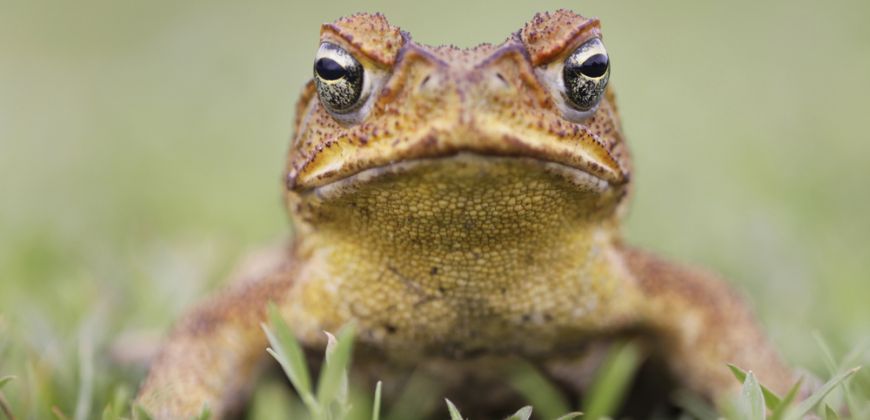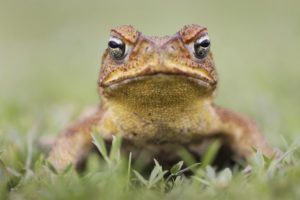
As climate change and biological invasions continue to impact global biodiversity, scientists at Colorado State University and the University of Colorado-Boulder have recently published work that suggests that the way organisms move to new areas, or range expansion, can be impacted directly by evolutionary changes. Their work, published in Nature Communications, challenges the traditional theory that only demographics such as birth, death and migration determine range expansions. The researchers’ findings add evolutionary processes, which occur during the course of a range expansion, as determining factors.

Evolution is not easy to measure
Evolution is not easy to measure in a field setting, which is why Ruth Hufbauer, a professor in CSU’s Department of Bioagricultural Sciences and Pest Management, and her colleagues Christopher Weiss-Lehman and Brett Melbourne, from CU’s Department of Ecology and Evolutionary Biology, used flour beetles (Tribolium castaneum) to observe evolutionary processes in controlled environments.
The researchers created two different kinds of range expansions – structured, where they allowed beetles to expand across a landscape generation to generation under normal conditions, and shuffled, where each individual beetle was counted in a landscape each generation and then mixed together and put back. By putting the same number of individuals at a given location in a landscape as had originally been there, the researchers were able to reproduce the demographics of the landscape as it was prior to shuffling, while mixing up any genetic structure that have developed. The shuffled beetles moved across the landscape more slowly and more predictably. In contrast, normally structured populations moved faster on average, but with more variation in movement, making them less predictable. After eight generations of range expansion, three distinct populations of the beetles were compared including those found at the core and at the edge of the structured landscapes, and those that were shuffled into new areas.
Increasing the rate of movement

“For populations that are expanding their range, for example due to climate change, we have found that organisms are moving faster in ways that are hard to predict,” said Hufbauer. “What this study has shown is that evolutionary processes can increase rates of movement, but also variation in how fast species move, and allow us to get a better sense of where organisms might go in the future.”
As in previous studies, the beetles were used to model ecological and evolutionary conditions because of their small size and their more rapid progression through subsequent generations. In the wild, similar evolutionary processes are seen in cane toads, which are invading across Florida and Australia, and may be occurring in other invasions, such as cheat grass in the western United States.
“The beetles certainly help us test theoretical predictions, but seeing how this range expansion plays out in the natural world is also important,” said Hufbauer. “Maintaining biodiversity and managing invasions is very much dependent on our understanding of the causes of population movement.”
More information
The full study: “Rapid trait evolution drives increased speed and variance in experimental range expansions” can be found on the Nature Communications website.